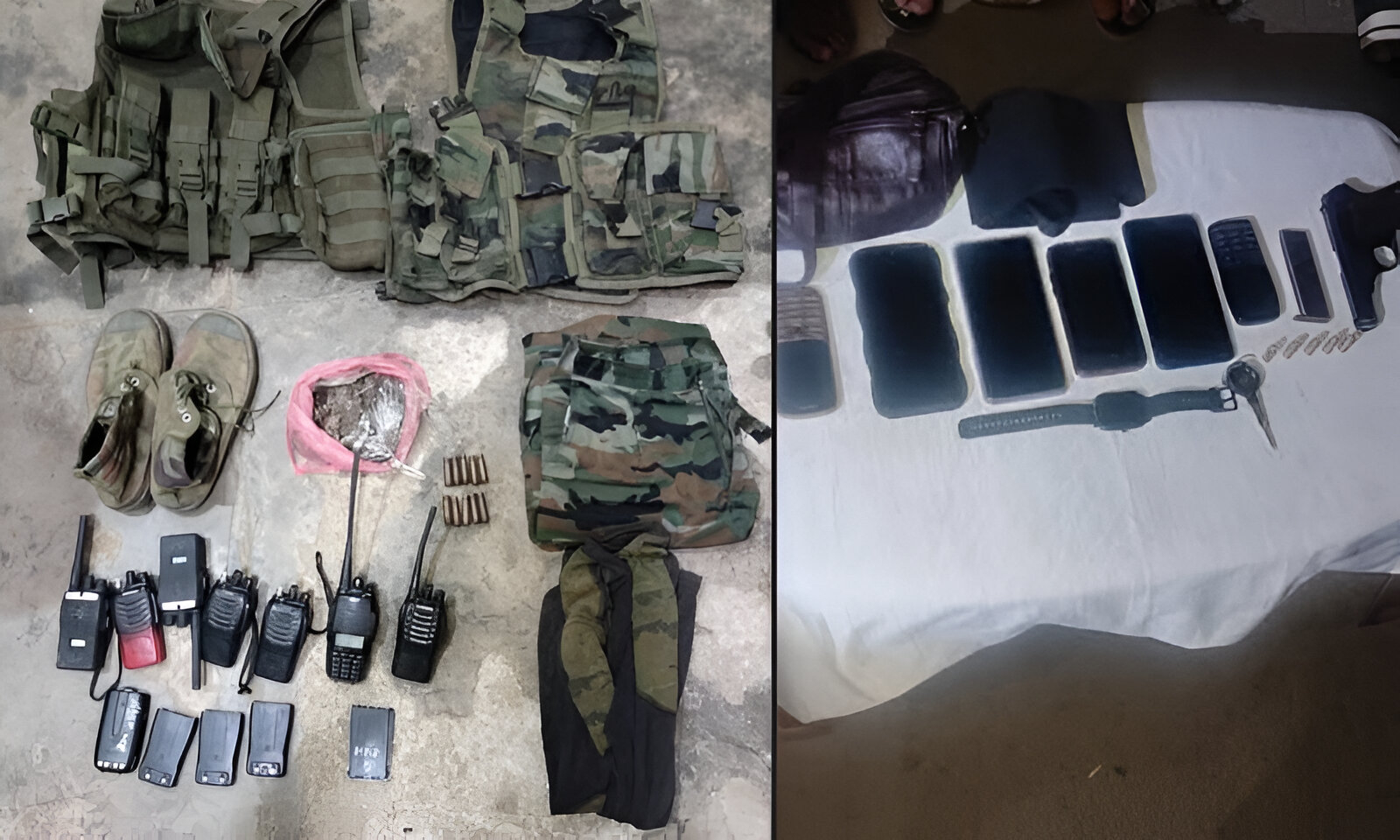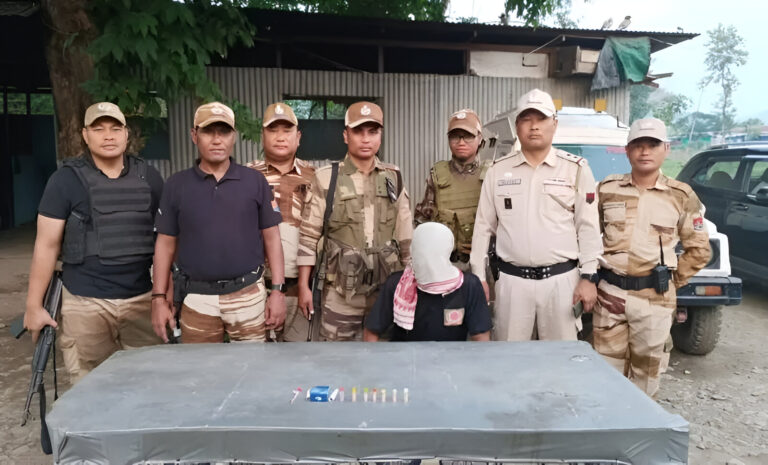Manipur: Security Forces Recover 32 IEDs and Grenades Along Indo-Myanmar Border
📰 News Summary
In a significant security operation, Indian security forces and Manipur Police recovered 32 Improvised Explosive Devices (IEDs), grenades, and other military equipment along the Indo-Myanmar border in Manipur’s Tengnoupal district. The coordinated efforts, prompted by intelligence inputs about anti-social elements operating near the border, led to high alert status in the region. The recovered items included various types of IEDs, communication devices, and firearms, which have been handed over to the concerned police stations for further legal action.
Unpacking the Manipur Border Operation: A Deep Dive into the Recovery of 32 IEDs and Grenades
Introduction: A Wake-Up Call from the Border
Imagine living in a place where the line between peace and conflict is as thin as a thread. That’s the reality for many along the Indo-Myanmar border in Manipur. Recently, a significant operation led to the recovery of 32 IEDs and grenades, shedding light on the persistent security challenges in the region.
The Operation: Precision and Coordination
Acting on credible intelligence about anti-social elements operating near the border, Indian security forces and Manipur Police launched a coordinated operation in Tengnoupal district. The areas targeted included Yangoubung and T Bongmol villages under Moreh police station. The operation, spanning over 36 hours, resulted in the seizure of:
- 18 plastic IEDs (76mm)
- 4 metal IEDs (152mm)
- 7 Motorola communication devices
- 5 Motorola batteries
- 10 FCC 7.62mm AK-47 rifles
- 2 bulletproof jackets
- Combat dress and a pair of shoes
Additionally, a joint operation in Salvom village led to the recovery of two pistols, 10 IEDs, grenades, ammunition, and other war-like stores.
The Bigger Picture: Security Dynamics Along the Indo-Myanmar Border
The Indo-Myanmar border, stretching over 1,600 kilometers, is characterized by its porous nature and challenging terrain. This makes it susceptible to cross-border insurgency, smuggling, and other illicit activities. The recent recovery underscores the ongoing efforts by security forces to curb these threats and maintain peace in the region.
Community Impact: Living Amidst Uncertainty
For the local communities residing near the border, such operations are a double-edged sword. While they bring a sense of security, they also highlight the underlying tensions and the ever-present risk of conflict. The presence of explosives and firearms so close to civilian areas is a stark reminder of the challenges faced by these communities.
Government Response: Strengthening Border Security
In light of the recent developments, the government has intensified efforts to bolster border security. This includes increasing patrols, enhancing intelligence gathering, and fostering better coordination among various security agencies. The aim is to create a robust security framework that can effectively counter any threats emanating from across the border.
Conclusion: A Step Towards Lasting Peace
The recovery of 32 IEDs and grenades along the Indo-Myanmar border is a testament to the vigilance and dedication of the security forces. While challenges persist, such operations are crucial in paving the way for lasting peace and stability in the region.Organiser+1NorthEast Now+1
FAQs
Q1: Why is the Indo-Myanmar border significant in terms of security?
The Indo-Myanmar border is significant due to its porous nature, which makes it susceptible to cross-border insurgency, smuggling, and other illicit activities.
Q2: What challenges do security forces face in this region?
Security forces contend with difficult terrain, dense forests, and the presence of various insurgent groups, making operations complex and risky.
Q3: How does this operation impact local communities?
While such operations enhance security, they also highlight the underlying tensions and risks faced by communities living near the border.
Q4: What measures are being taken to prevent such threats in the future?
The government is intensifying border patrols, enhancing intelligence gathering, and improving coordination among security agencies to prevent future threats.
Q5: How can civilians contribute to maintaining security in the region?
Civilians can aid security efforts by remaining vigilant, reporting suspicious activities, and cooperating with law enforcement agencies.



